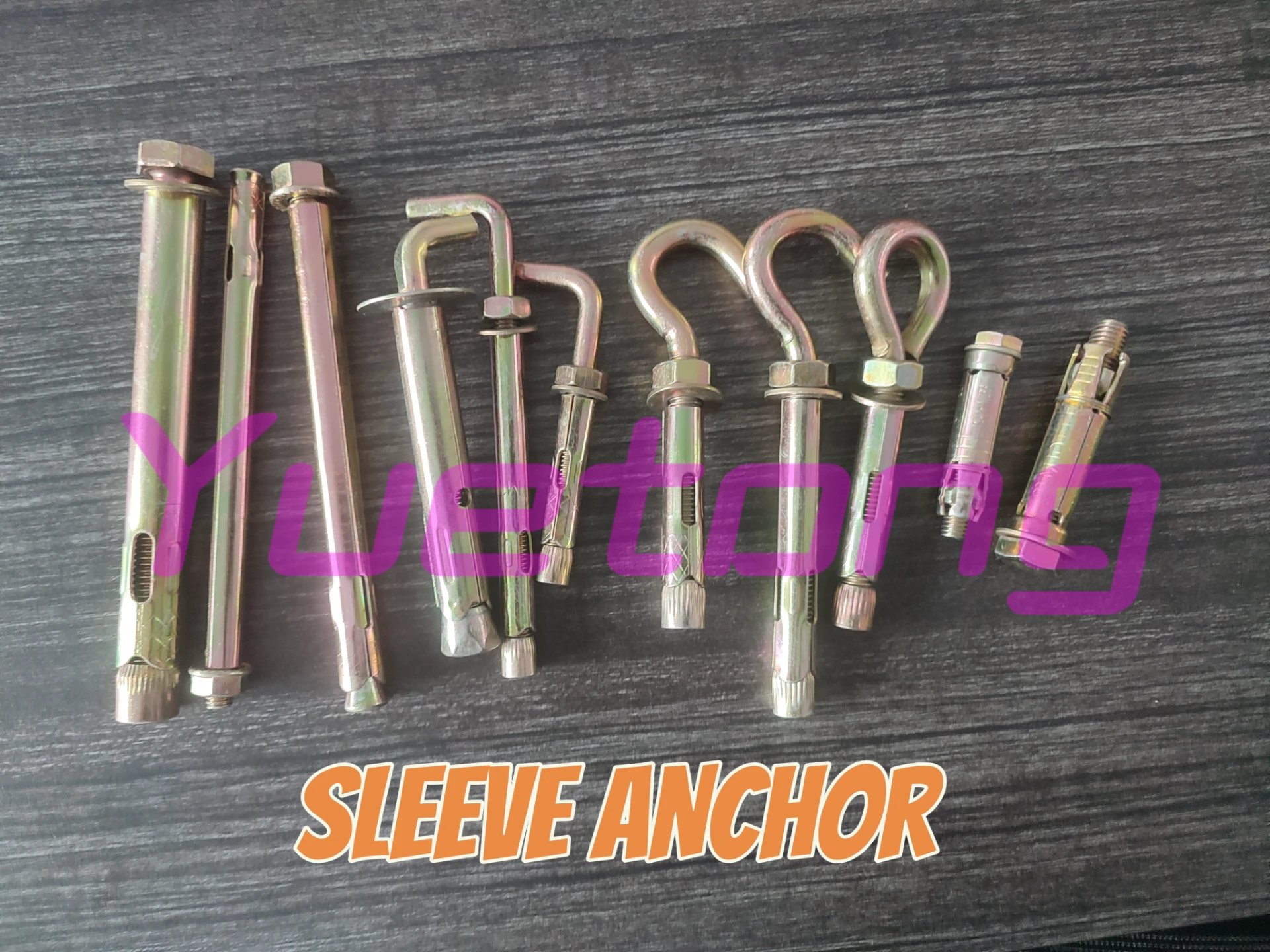Nov . 21, 2024 12:47 Back to list
m36 anchor bolt dimensions
Understanding M36 Anchor Bolt Dimensions A Comprehensive Guide
Anchor bolts are critical components in construction and engineering, used to secure structures to concrete foundations. Among the various sizes available, M36 anchor bolts are particularly noteworthy due to their standardization and robust specifications. Understanding the dimensions and characteristics of M36 anchor bolts is essential for engineers, builders, and contractors who want to ensure the safety and stability of their projects.
What is an M36 Anchor Bolt?
The “M” in M36 signifies that the bolt conforms to the metric standard, specifically a diameter of 36 millimeters. The actual size of an anchor bolt can have a significant impact on its load-bearing capacity and overall performance in various applications. M36 anchor bolts are commonly used in heavy construction projects including bridges, high-rise buildings, and wind turbines due to their ability to provide robust anchorage in demanding environments.
Dimensions of M36 Anchor Bolts
M36 bolts have a nominal diameter of 36mm, but several other dimensions are crucial to their functionality
1. Length M36 anchor bolts come in a variety of lengths ranging typically from 150mm to 2000mm or more depending on project needs. The length chosen must correspond to the application and the conditions of the installation site.
2. Thread Specifications The M36 bolt is usually provided with standard metric coarse threads, which are designed to provide excellent grip. The pitch—commonly 3mm—dictates how many threads are found in a given length of the bolt, influencing its tension and shear capacity.
m36 anchor bolt dimensions

3. Head Types M36 bolts can feature various head styles such as hex, round, or flat. The head of the bolt is crucial as it influences the tools used for installation and the torque that can be applied during fastening.
4. Material and Coatings M36 anchor bolts are usually made from carbon steel, with grades such as 4.6, 8.8, and higher grades available. Depending on the environmental conditions, these bolts may be coated with zinc, hot-dipped galvanizing, or other protective layers to prevent corrosion.
Load Capacity of M36 Anchor Bolts
The load-bearing capacity of an M36 anchor bolt largely depends on its grade, length, and installation method. It is essential to adhere to engineering guidelines and standards when calculating the load requirements for a project. For instance, an M36 bolt with a higher grade will withstand greater tension and shear loads compared to a lower-grade bolt. Generally, engineers utilize various load factors and safety coefficients to ensure that the chosen anchor bolts meet the demands of their specific applications.
Installation Practices
Proper installation of M36 anchor bolts is crucial for the structural integrity of any project. The bolts should be embedded in concrete to a specified depth, which is determined based on the type of load being applied (tensile, shear, or both). It is also vital to check that the anchor bolts are aligned correctly before the concrete sets to avoid any future issues.
Conclusion
In summary, M36 anchor bolts are essential components for many construction applications, providing stability and safety in various structural environments. Understanding their dimensions, load capacities, and installation practices is vital for anyone involved in construction or engineering. Whether you are a contractor, engineer, or DIY enthusiast, proper knowledge of M36 anchor bolt specifications can lead to safer and more effective project outcomes. Always consult relevant engineering standards and guidelines when selecting and installing anchor bolts to ensure the best results for your construction endeavors.


